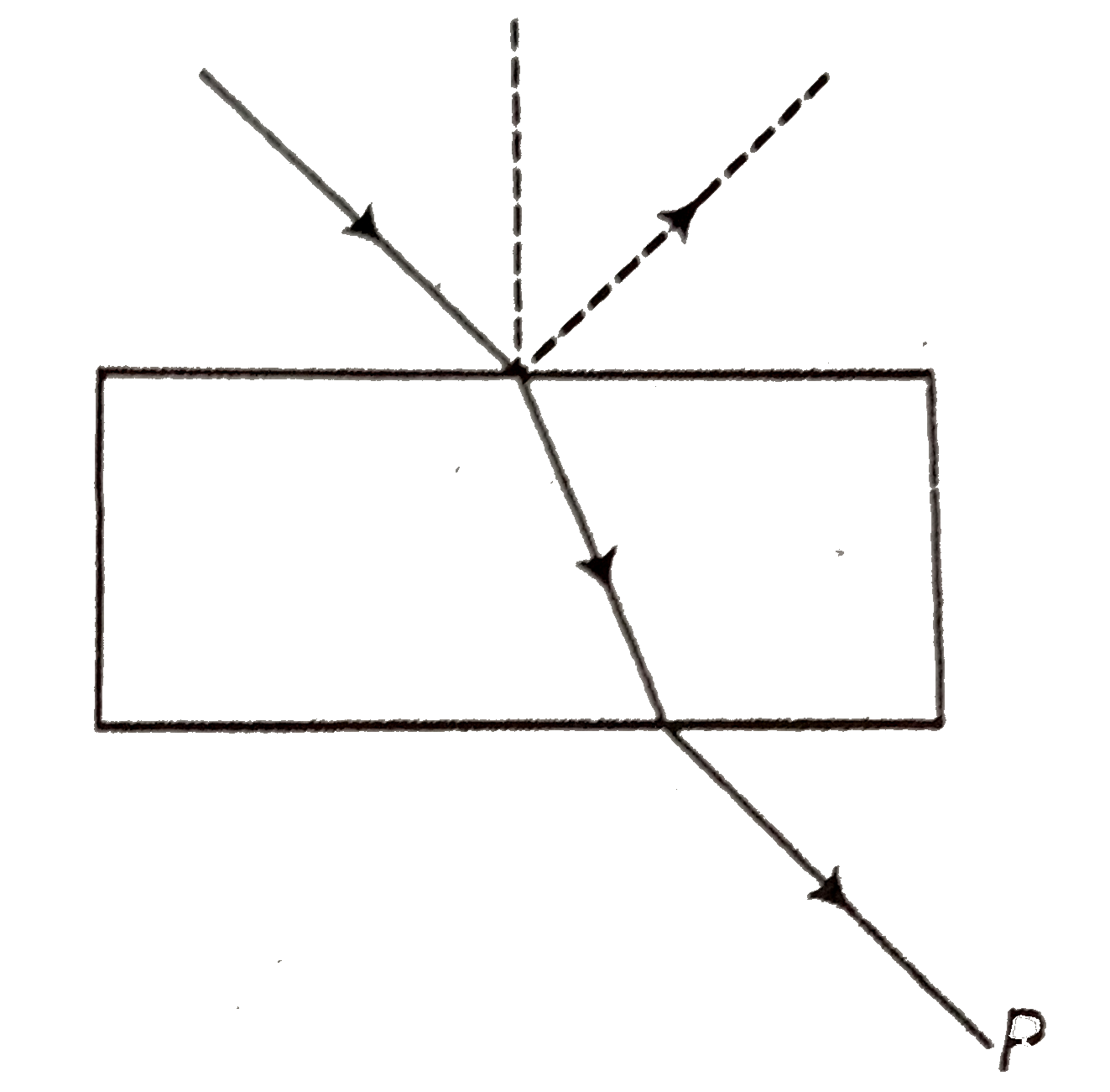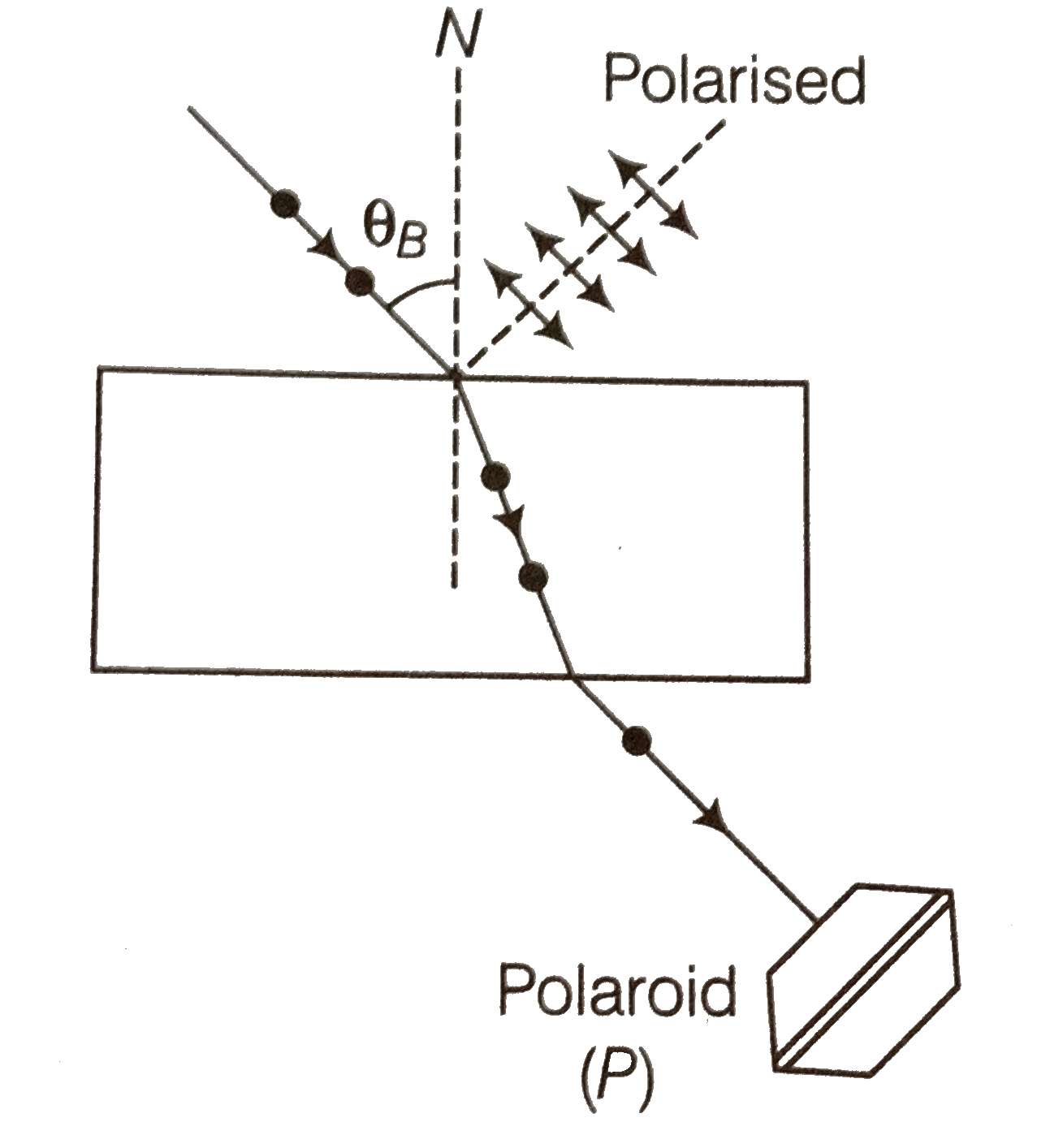A
B
C
D
Text Solution
Verified by Experts
The correct Answer is:
|
Topper's Solved these Questions
SEMICONDUCTOR ELECTRONICS: MATERIAL,DEVICES AND SIMPLE CIRCUIT
NCERT EXEMPLAR|Exercise Semiconductor Electronics: Material,Devices And Simple Circuit|26 VideosView Playlist
Similar Questions
Explore conceptually related problems
Knowledge Check
A
B
C
D
Submit
A
B
C
D
Submit
A
B
C
D
Submit
Similar Questions
Explore conceptually related problems
NCERT EXEMPLAR-WAVE OPTICS-Wave Optics
- Consider a light beam incident from air to a glass slab at Brewster's ...
02:01
|
Playing Now - Consider sunlight incident on a slit of width 10^(4) Å . The image see...
04:16
|
Play - Consider a ray of light incident from air onto a slab of glass (refrac...
07:30
|
Play - In a Young's double slit experiment, the source is white light. One of...
02:20
|
Play - Figure shows a standard two slit arrangement with slits S(1), S(2). P(...
03:03
|
Play - Two source S(1) and S(2) of intensity I(1) and I(2) are placed in fron...
03:35
|
Play - Consider sunlight incident on a pinhole of width 10^(3)Å. The image of...
03:16
|
Play - Consider the diffraction pattern for a small pinhole. As the size of t...
02:05
|
Play - For light diverging from a point source
03:14
|
Play - Is Huygen's principle valid for longitudinal sound waves?
01:32
|
Play - Consider a point at the focal point of a convex lens. Another convex l...
02:41
|
Play - What is the shape of the wavefront on earth for sunlight ?
01:12
|
Play - Why is the diffraction of sound wave more evident in daily experience ...
01:31
|
Play - The human eye has an approximate angular resolution of phi = 5.8xx10^(...
03:15
|
Play - A polariod (I) is placed infront of a monochromatic source. Another p...
Text Solution
|
Play - Can reflection result in plane polarised light if the light is inciden...
04:36
|
Play - For the same objective, the ratio of least separation between two poin...
04:31
|
Play - Consider a two slit interference arrangements (figure) such that the d...
07:09
|
Play - Figure shown a two slit arrangement with a source which emits unpolar...
04:31
|
Play - A small transparent slab containing material of mu=1.5 is placed along...
10:30
|
Play

